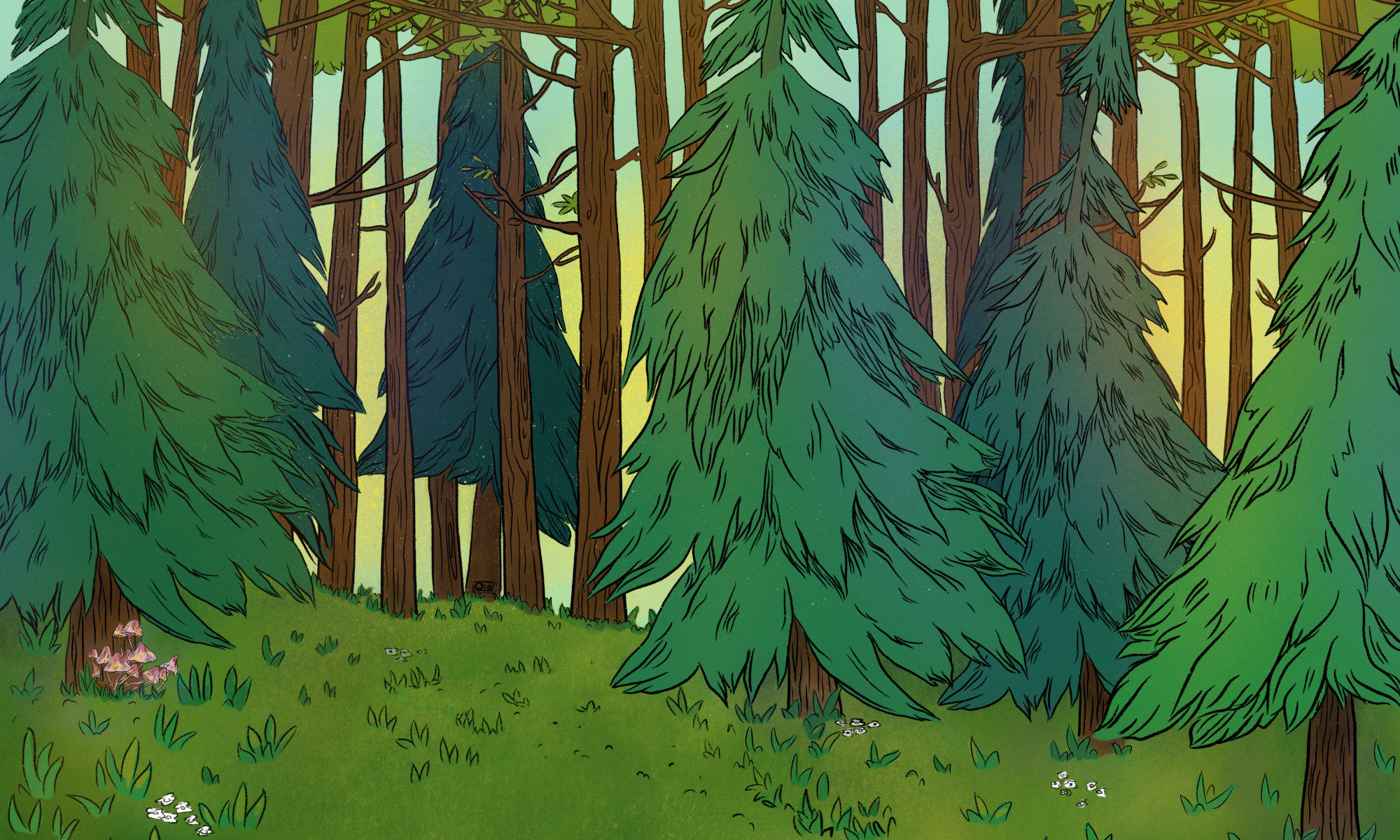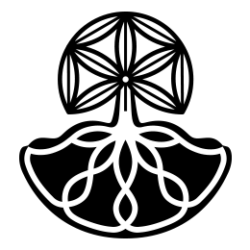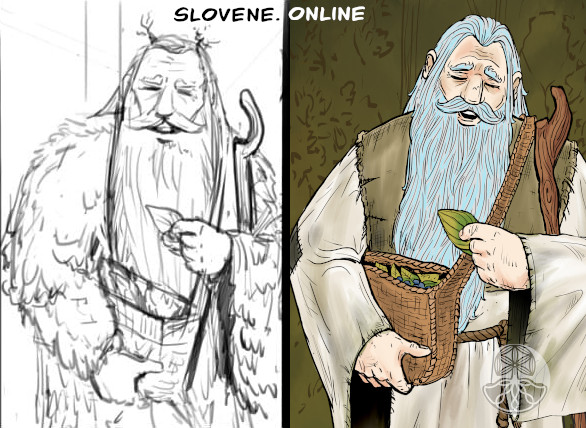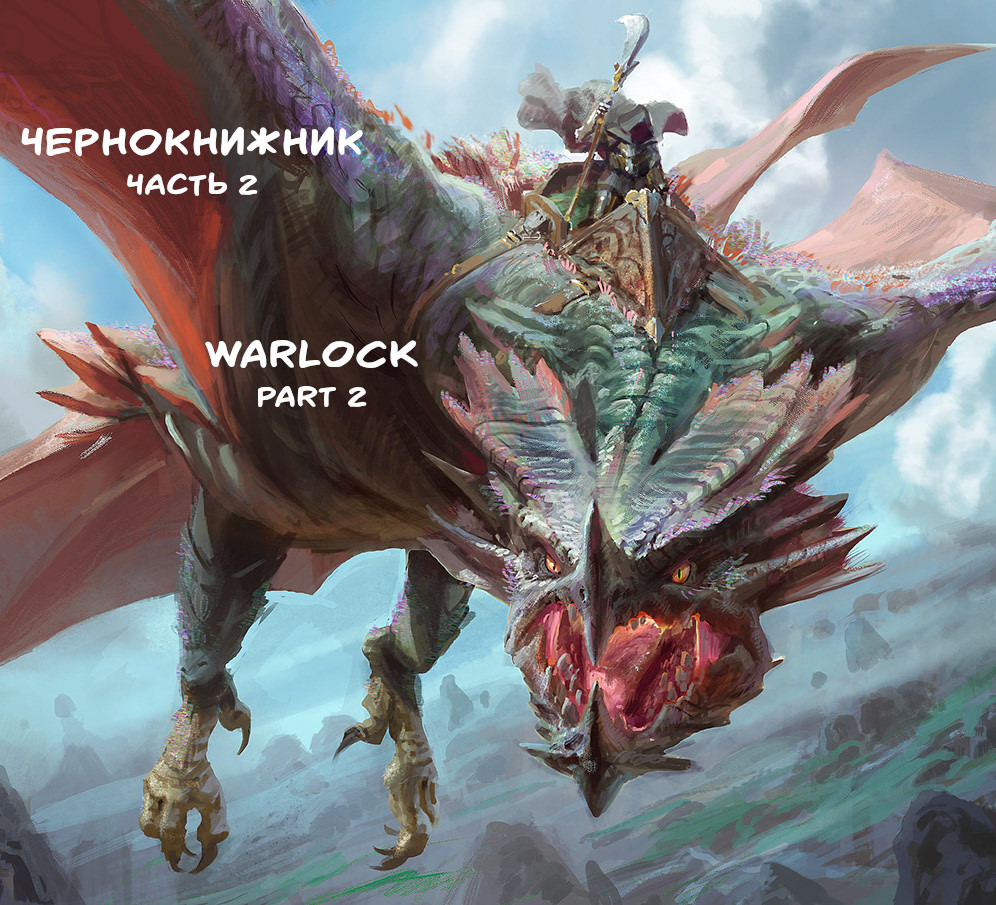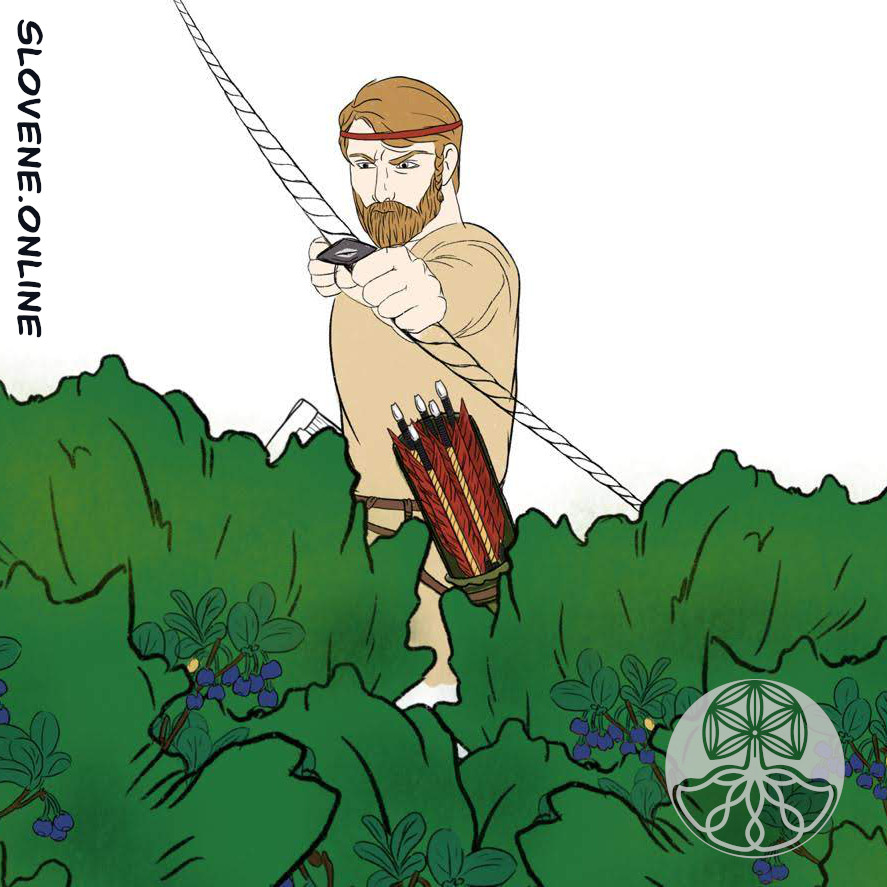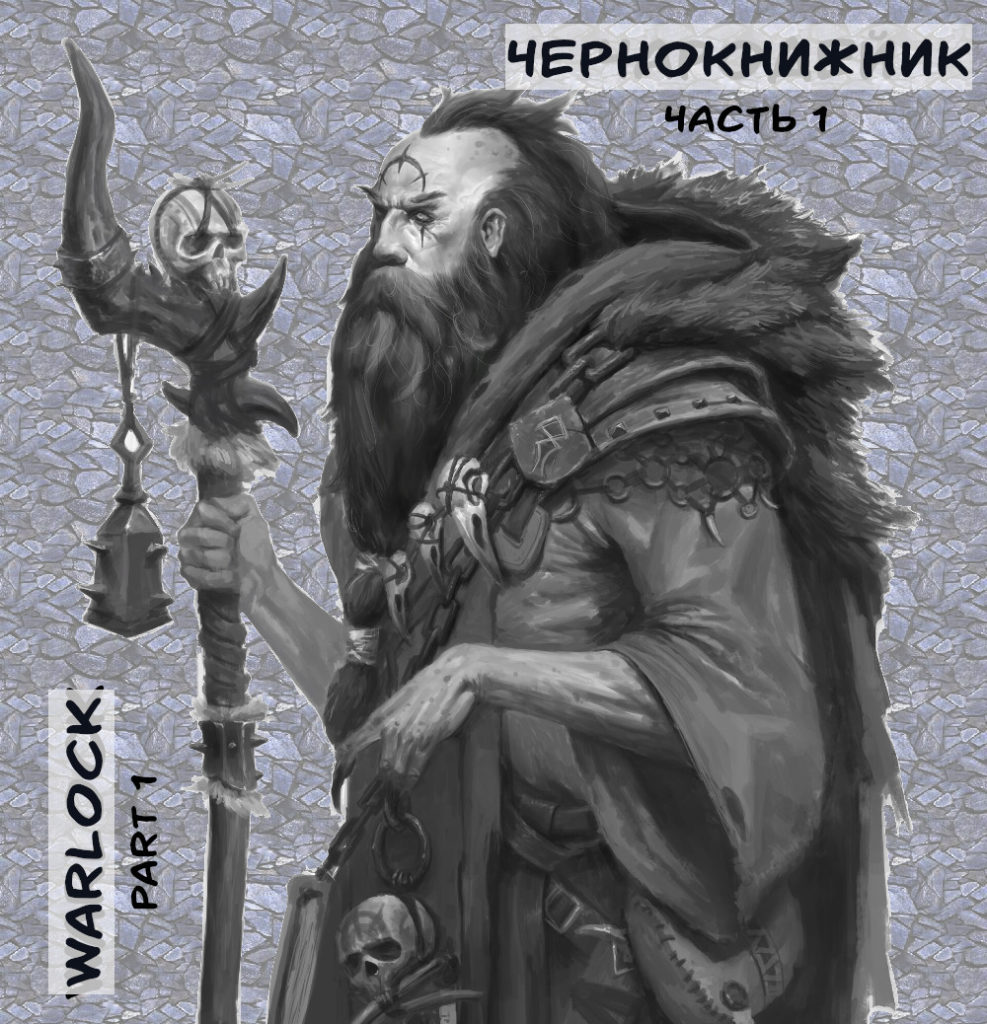“Chicken God” – this is how a small stone with a natural hole in it is called in Russia. People believed that it protected poultry and livestock from curses and evil spirits, stimulated their fertility, and kept them within their yard. Such a stone had to be unintentionally found in a field or on the road. Besides, as a “Chicken God”, Slavs could also use a clay potsherd with a hole, a neck from a broken jug, a pot put on a fence, a leaky bast shoe, a bear’s paw or an oven stone. In other words, old, broken and decayed items. The goal was to place “Chicken God” on a highly visible place, so that it immediately caught the eye – therefore, gaze of the visitor fell on it first, and did not linger on the chickens.
ꏍ
The Slavs believed that the “Chicken God” protected chickens from Kikimora, who plucked their feathers and pecked at their heads, as well as from Domovoy, who could hurt the unloved cattle. In the form of a pot, inverted upside-down on a fence, the “Chicken God” symbolically sheltered the chickens from danger. To ensure that Domovoy would not torment the cattle, Slavs hung the “Chicken God” in the barn with the words: “Here, grandfather, a God for you – pray to him, and don’t hurt our cattle.”
ꏍ
What other gods or patrons of animals do you know?
ꏍ
To be continued…

